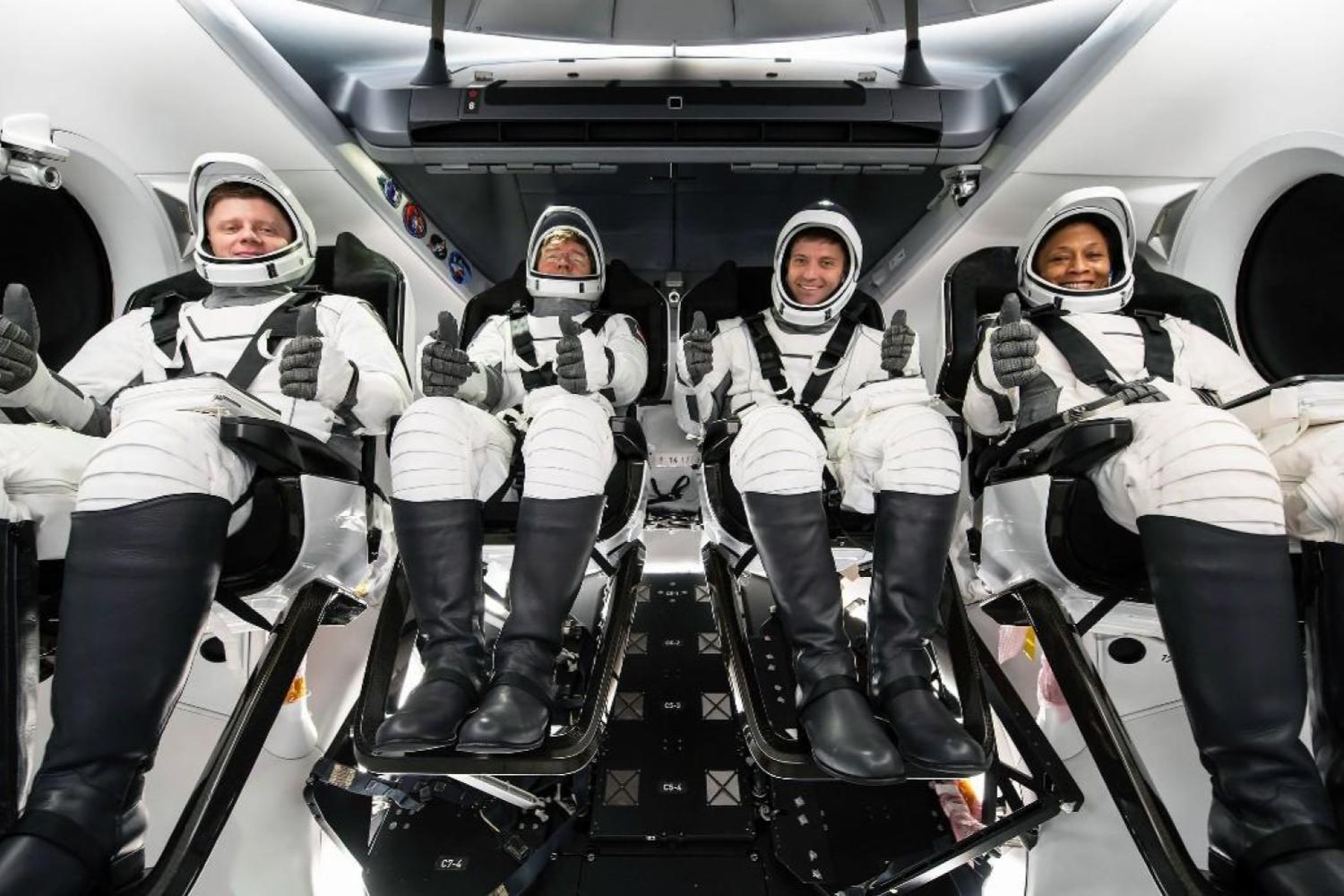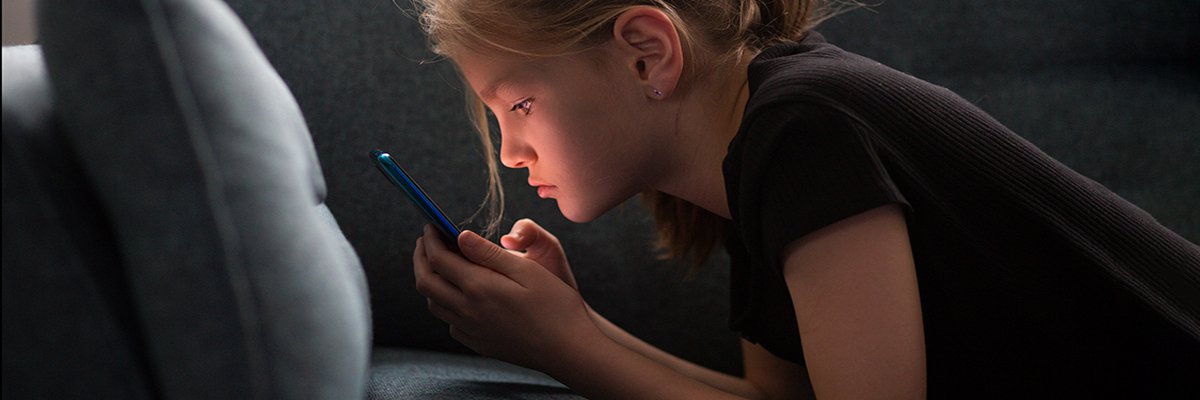Last month, the Crew 8 mission returned from the International Space Station with three astronauts on board, after a stay marked by adventures, each more mysterious than the last. On the menu: a health problem that no one seems to want to communicate about, aborted spacewalks and worrying suit problems which underline the importance of renewing this equipment at the end of its cycle as quickly as possible.
A mysterious medical problem
This series began on October 25, when one of the astronauts was hospitalized following his return to Earth. The public expected to get concrete information about the health status of the person in question, but NASA was surprisingly evasive on the subject. The American agency simply referred to a “medical problem” which hit a member of the crew. Even if the latter apparently returned home in good health after this treatment, this veil of mystery still attracted the attention of observers.
The first question concerns the identity of this person. The crew consisted of four people: the Russian Alexander Grebenkin and the Americans Matthew Dominick, Michael Barratt and Jeanette Epps. Roscosmos (the Russian space agency) confirmed that Grebenkin was not hospitalized. This implies that the person affected by this health scare was one of three Americans, but it is impossible to know more. When the question was asked at last Friday’s press conference, the trio carefully avoided giving a clear answer.
“Spaceflight is still something we don’t completely understand“, said Barratt, a doctor and surgeon by training, quoted by Ars Technica. “Sometimes we discover things we don’t expect; it was one of those moments, and we’re still putting the pieces together on it. In order to maintain medical confidentiality and allow our processes to take their course, this is all we are going to say about this event at this time.”
The other big unknown concerns the nature of this medical problem. The short length of hospitalization suggests it was not particularly serious. However, this silence still fueled a certain curiosity, knowing that NASA is used to publishing data relating to the health of astronauts so that the entire scientific community can examine it. However, at present, this is still not the case. Although Barratt suggests that this data could eventually be published, he also offers no guarantees. There is therefore a significant probability that the details will never be published.
“I didn’t say I was uncomfortable talking about it“, Barratt said. “I said we weren’t going to talk about it. I am a doctor. Space medicine is my passion…and the way we adapt, the way we experience human spaceflight is something we all take very seriously”, he simply asserted.
A space suit is acting up again
In addition to this medical drama, there is another element of the mission that did not exactly go as planned. On June 13, Matthew Dominick and his colleague Tracy Dawson were supposed to carry out a spacewalk, a mission that involves leaving the station in spacesuits — often to perform various maintenance operations. But this outing was canceled at the last moment due to a “discomfort problem with the suit”. It was finally rescheduled about ten days later, but ended in the worst possible way. After about thirty minutes, Dawson had to return urgently because of a water leak in the life support module of his suit — an incident that could easily have had catastrophic consequences, as the chilling testimony illustrates. by Barratt.
“This was not a harmless leak and we have images”Barratt said. “Anyone watching NASA TV at that time could see that there was a real snowstorm, a blizzard, spewing out of the airlock because we already had the hatch open. So we were seeing ice flakes in the airlock… Dramatic is the right word, to be really honest.”
The most worrying thing is that even if these critical malfunctions remain relatively rare, it is not a new thing. We remember, for example, the case of Italian astronaut Luca Parmitano, who suffered the brunt in 2013. His helmet began to fill with water, preventing him from seeing, breathing and communicating correctly. “The liquid completely covered my eyes and nose. It was very difficult to see. I couldn’t hear anything. It was very difficult to communicate. I returned by taking the opposite route from memory, groping backwards until I found the airlock,” he recounted after the incident.
And unfortunately, these technical problems tend to become more and more frequent in recent years. In March 2022, the ISS partners were again forced to suspend all spacewalks due to a similar incident with the spacesuit of German astronaut Matthias Maurer.
All these incidents show how urgent it is becoming to put away these antiquities developed around forty years ago, and to move to a new generation of more efficient and, above all, more reliable suits in order to avoid a catastrophe. Unfortunately, the process was significantly delayed following the withdrawal of Collins Aerospace, the startup that NASA had designated to design the new suits for extravehicular outings (see our article). We will therefore have to hope that the various partners of the ISS will succeed in relaunching the process as quickly as possible, because as things currently stand, the probability of a serious accident in orbit is increasing more and more every day.
🟣 To not miss any news on the WorldOfSoftware, , .









